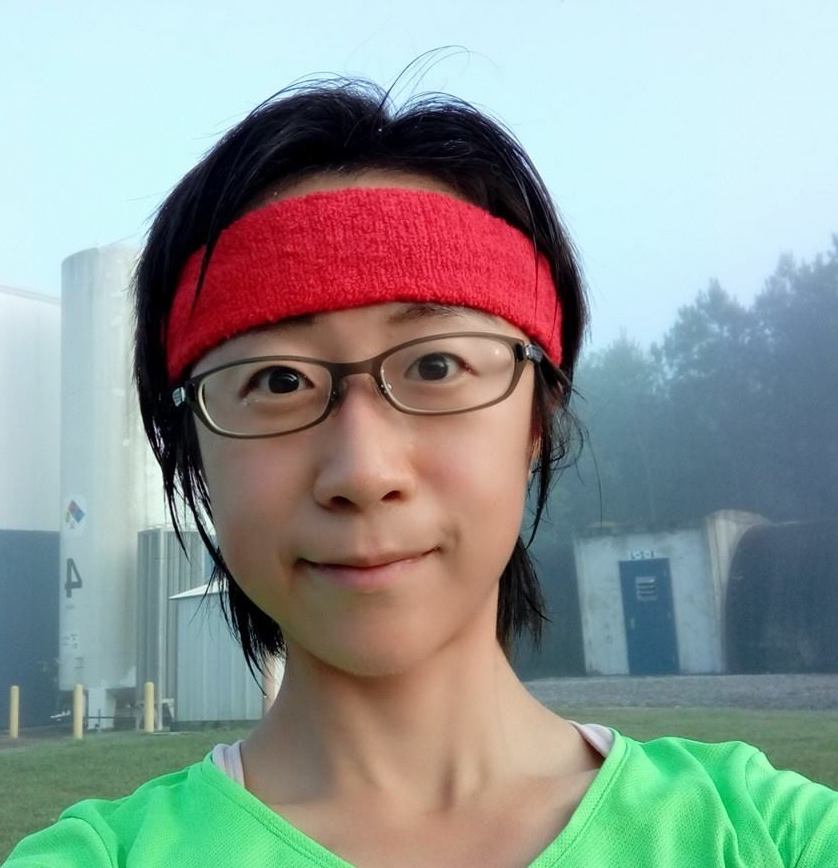Search for continuous gravitational waves from spinning neutron stars [slides]
David Caro building, Level 6 Geoff Opat room
More information
-
 Lilli Sun, PhD student
Lilli Sun, PhD student
University of Melbourne
Email: lings2[at]student.unimelb.edu.au
Abstract
The Advanced Laser Interferometer Gravitational Wave Observatory (Advanced LIGO) and Virgo directly observed transient gravitational-wave signals from compact binary coalescences. The new era of gravitational-wave astronomy has started. In addition to the transient signals, searches are under way for weaker, persistent, quasimonochromatic signals from rapidly spinning neutron stars. In this talk, I will describe two interesting types of continuous gravitational-wave sources (neutron stars in low-mass X-ray binaries and young supernova remnants), discuss the challenges in the searches, introduce the methods we have developed to surmount the difficulties, and explain the results obtained from analyzing the LIGO observational data.